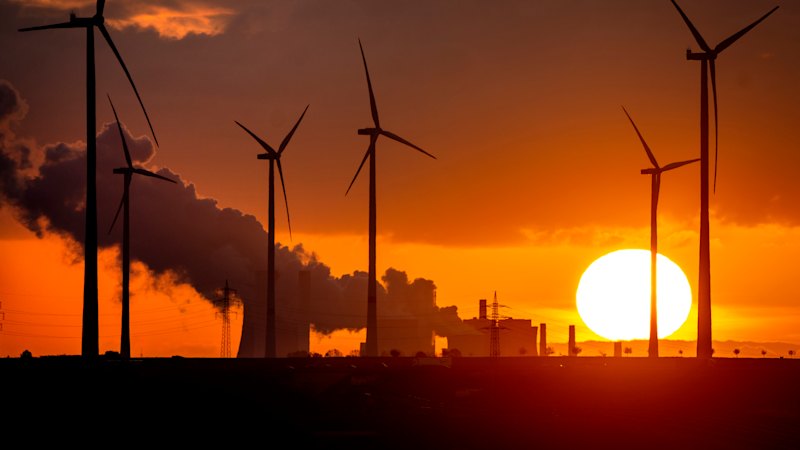
Energy bills in Australia could potentially be halved over the next 25 years, according to a new report from the Grattan Institute. The independent think tank’s analysis, titled “Bills down, emissions down,” suggests that the average household spending on gas, electricity, and petrol, currently around $5,800 per year, could decrease to less than $2,900 by 2050. This reduction hinges on significant changes in the energy landscape, including a shift to electric vehicles, increased adoption of solar panels and batteries, and a transition from gas appliances to electric alternatives.
The report emphasizes that cutting emissions from coal-fired power plants will be crucial for Australia to meet its climate targets. It counters claims from some opponents of renewable energy that transitioning to a zero-emissions economy would lead to unaffordable energy costs for consumers. The findings indicate that expanding the Albanese government’s emissions-reduction framework to include coal power would have a minimal impact on projected savings.
Alison Reeve, Grattan’s head of climate and energy, stated, “For too long, federal governments of both political colours have avoided pricing carbon because they fear higher electricity prices. The source of that fear is becoming outdated.”
Future of Energy Costs and Emissions
The Albanese government aims to reduce greenhouse gas emissions by at least 62 percent by 2035, with a focus on replacing coal-fired power with cleaner energy sources. Despite billions of dollars being invested in new renewable projects, officials have expressed concern that progress is not occurring swiftly enough to replace the anticipated closures of coal-fired plants.
The report warns that without a cap on electricity emissions, achieving the set climate targets will be challenging. “Left to its own devices, the electricity sector will continue to decarbonise, but not fast enough,” the report states. To address this, Grattan recommends implementing emissions limits for coal-fired power plants under the federal government’s “safeguard mechanism,” which currently mandates the nation’s largest industrial polluters to reduce emissions by 4.9 percent annually.
This proposal may face significant opposition, as energy has been exempt from these regulations to prevent escalating power prices. Climate Change and Energy Minister Chris Bowen has already dismissed the idea, asserting that the government is focused on enhancing wind and solar development and improving household energy efficiency.
Projected Electricity Prices and Market Dynamics
According to Grattan’s modelling, wholesale electricity prices are expected to rise from less than $50 per megawatt-hour to over $100 by 2035. However, the overall impact on household electricity bills is likely to be less severe, as wholesale prices account for only a portion of a typical bill, which also includes retail margins and network costs.
The Australian Energy Market Operator has indicated that aging coal-fired plants are becoming increasingly expensive to operate, and competition from renewable energy sources is likely to accelerate their closure over the next decade. Tony Wood, a senior fellow at the Grattan Institute, suggested that as coal plants are decommissioned, there will be a short-term reduction in electricity supply from renewables, leading to a potential increase in prices.
The report highlights the importance of government action in achieving climate goals, such as constructing vital transmission lines to connect regional renewable energy sources with urban centres. Grattan’s analysis also points to a major investment scheme, utilizing taxpayer funding to support private renewable projects valued at a total of $70 billion.
Reeve noted, “This might get done, it might not get done. They’ll probably get all the money out the door, but whether the projects actually get electrified is a different matter.”
The findings of the Grattan Institute underline the complex interplay between energy policy, market dynamics, and environmental goals, illustrating the significant potential for cost reductions in the energy sector alongside a commitment to achieve net-zero emissions.







